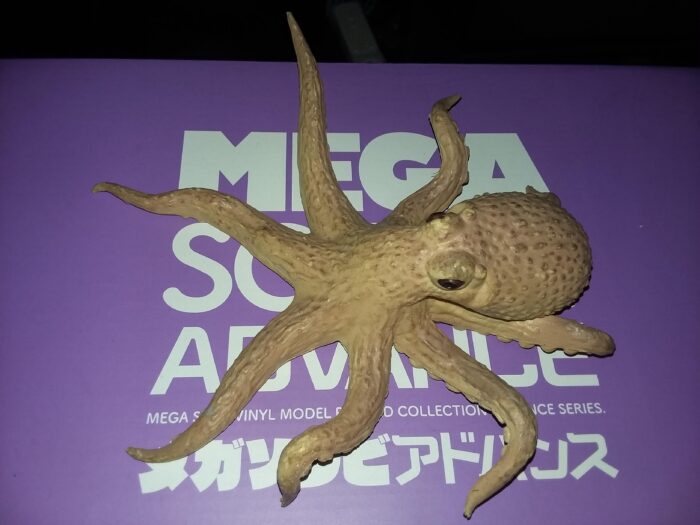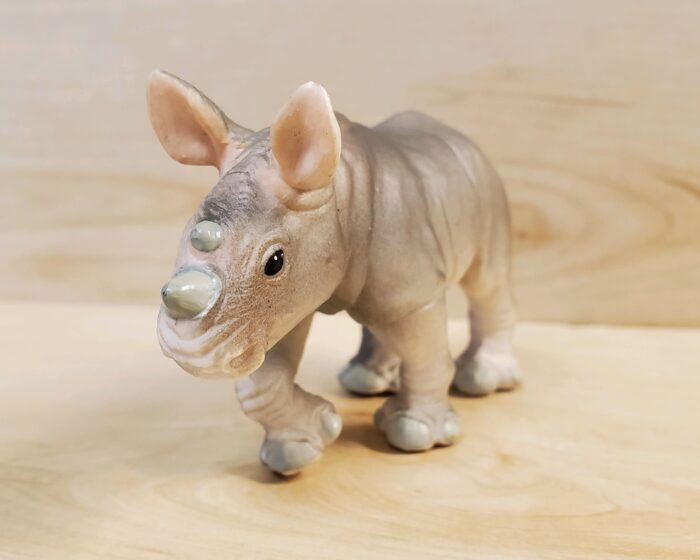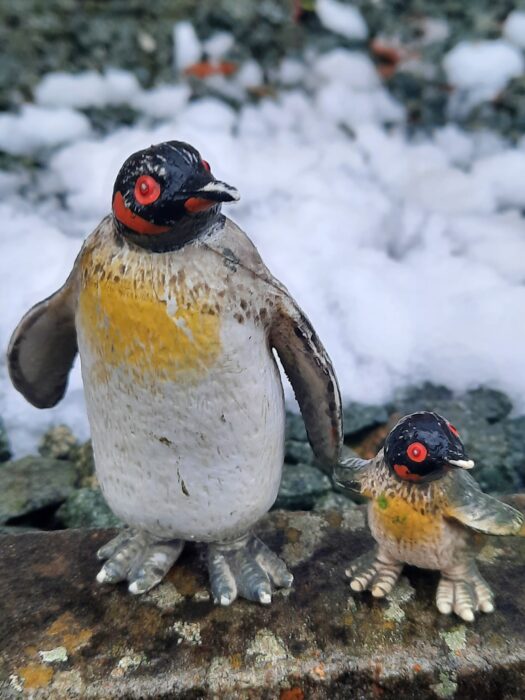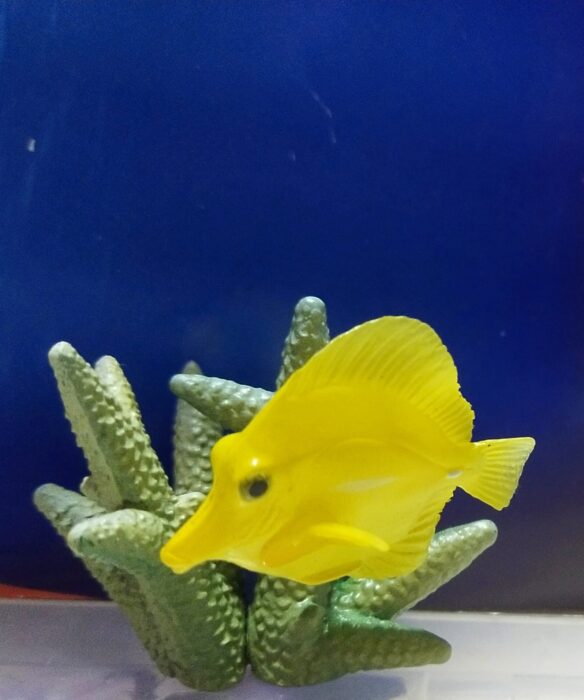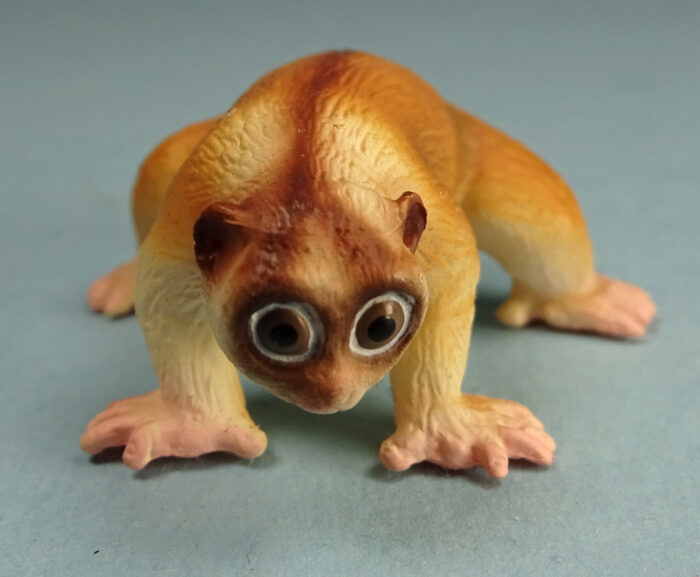Review and images by JimoAi; edited by bmathison1972
The surgeonfish are a group of fish that inhabits warm waters around coral reefs. They are mostly herbivorous and benifit the reefs by eating algae, which balances the coral and algal growth. They range in size from the small bristletooth tang which can get up to 15 cm to the largest surgeonfish species: the white margin unicornfish, which gets to 100 cm in length.








